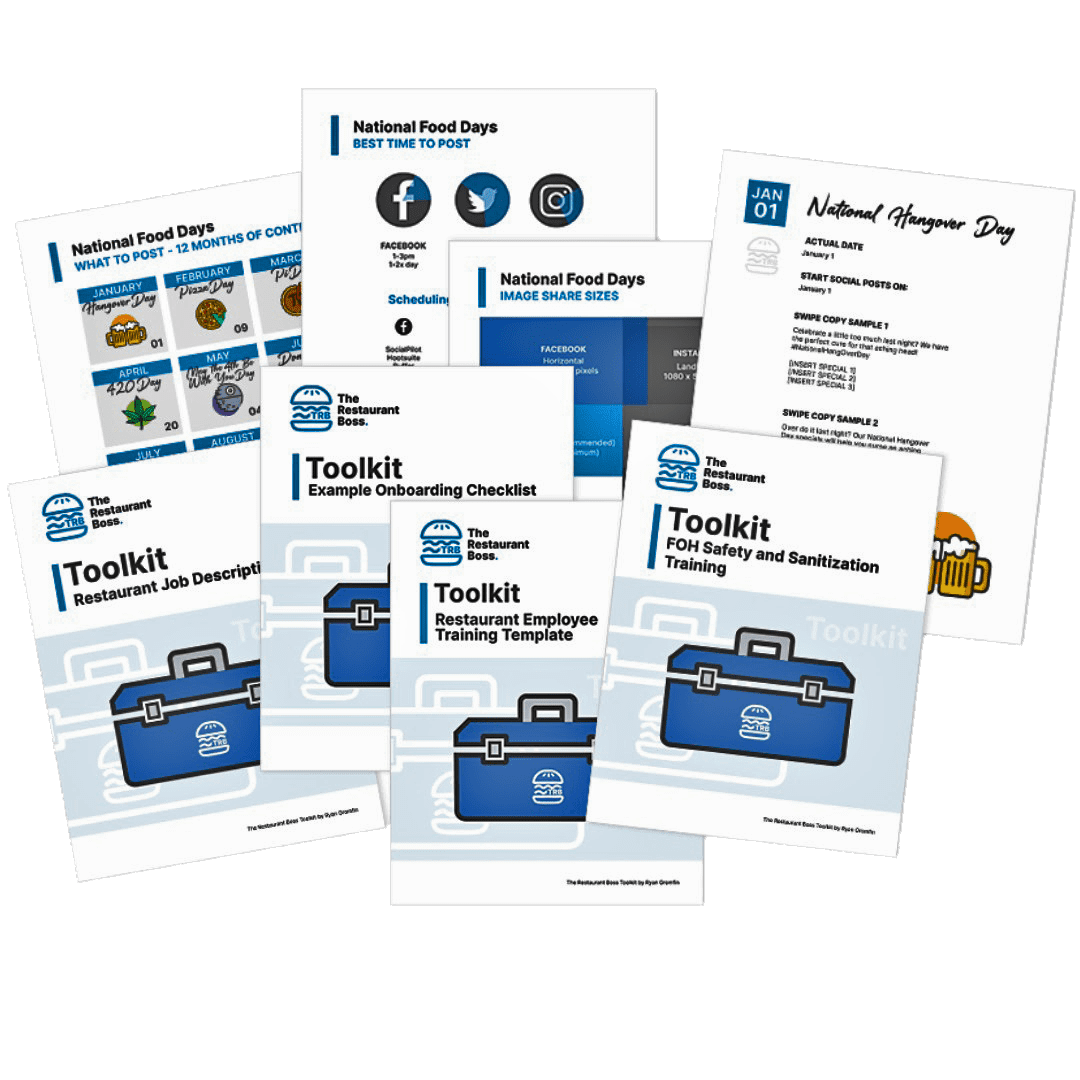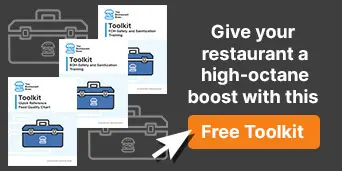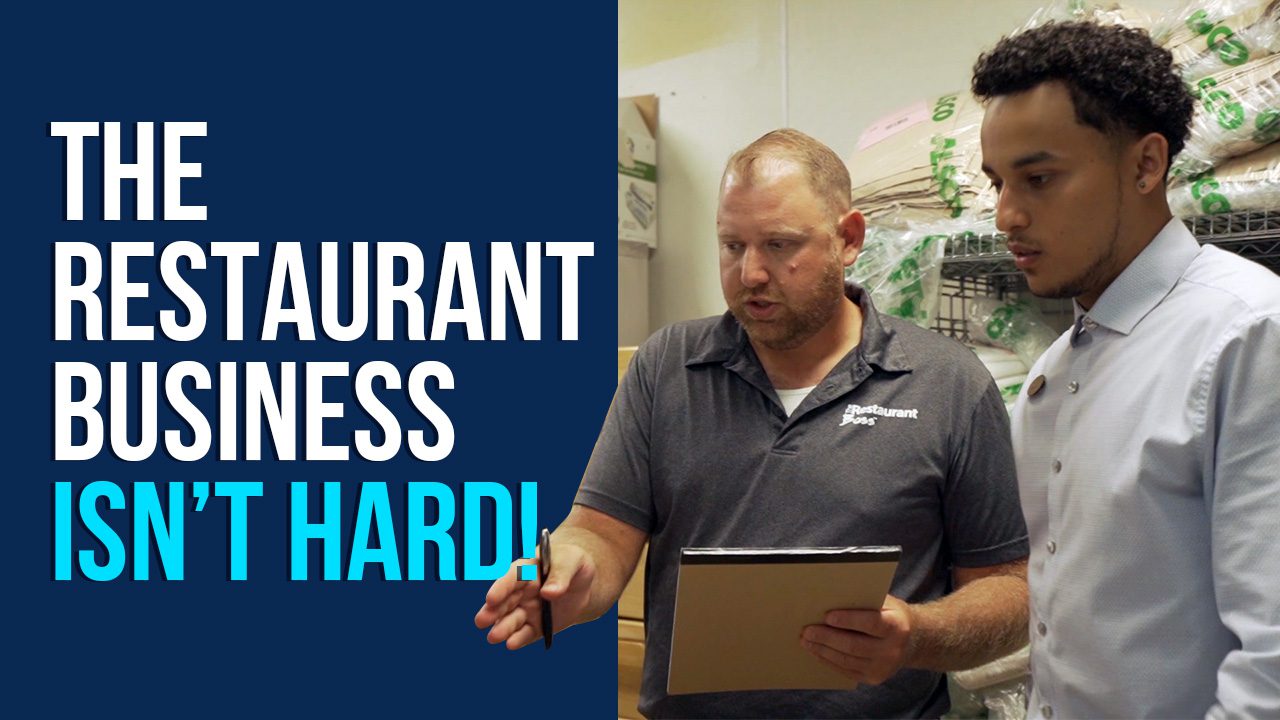Hit Your Food Cost Target Using a Declining Balance Sheet
SUMMARY
The best way to get a dramatic increase in your restaurants profit is to actually hit your target food cost and beverage cost every single month.
As a restaurant owner, operator or chef, you know how frustrating it is not to be able to pay your bills at the end of the month. Even worse is when ten or fifteen days later, you’re looking at a financial report only to find out that the reason you can’t pay your bills is because your chef or bar manager ordered too much 20 days ago, and then there is nothing you can do about it.
You’re in reactive mode rather than being proactive!
I will show you how to use a simple declining balance sheet so that you will never be left guessing if this is going to be a good month or a bad month. This process does not require any kind of a food cost calculator, complex recipe costs or even a budget as part of your restaurant business plan. All you need is the declining balance sheet (that I will give you after watching the video) and about 5 minutes a day.
To learn more please either watch the video above, read the transcript or listen to the podcast below.
TRANSCRIPT
Read the Video Transcript by Clicking Here...
Hey everybody, my name is Ryan Gromfin. I’m an author, speaker, chef, restauranteur, and I’m the founder of The Restaurant Boss as well as Restaurant Profit And Performance.
If you’re a restaurant owner, operator or chef, you know how frustrating it is not to be able to pay your bills at the end of the month. Even worse is when ten or fifteen days later, you’re looking at a financial report only to find out that the reason you have no money, is that there’s no profits.
You’re not able to pay your bills because of a purchasing mistake that was made 30 or 40 days ago, or because some time earlier in the month, somebody purchased too much food, or too much liquor, wine or beer and now you owe all that money. There is no money left to pay yourself, to pay your employee’s, to pay your bills, and it’s because of a mistake that happened weeks ago. There’s nothing you can do about it now.
You’re in reactive mode rather than being proactive!
So what we really need is a budget. However, as I’m going to explain later, budgets can be really complicated.
So, let’s start from the beginning. I’m going to give you a tip today. A tool that in less than 5 minutes per day will help you hit your target food and beverage costs every single month, no matter what. So first, let’s talk about what exactly is a budget? Well a budget is really nothing more than a target. And with any target…
If you aim small, you’ll miss small.
If we shoot for the center, we might miss by one or two rings, but we’re still pretty close. If we have nothing to aim at, then chances are we’re going to miss by a lot. So we use a budget because…
What we measure, we fix.
It’s important to have at least a number to focus on rather than going into the month guessing, you hear me say all the time
“Hope is a strategy, it’s just not a very good one.”
A lot of times I hear people saying, “I hope this is going to be a good month.” Well, the tool I’m going to give you today will eliminate that hope. It’s a strategy, it’s a system, it’s a tool that you can use to ensure that you’re going to hit your target food and/or beverage costs every single month. I talked a little bit about budgets earlier and one of the reasons why budgets just simply don’t work for us restaurant owners is well, there’s too much stuff on a budget. They take too much time to create and they’re just too complicated. So what I’m going to share with you today, the simple solution for you is something that’s called a declining balance sheet.
I’m going to explain to you a little bit more about what a declining balance sheet is. As well, I’m going to explain to you how you can get the exact same declining balance sheet that I use completely free at the end of this video. Basically, a declining balance sheet allows us to set a target, enter in our purchases throughout the month, then it will tell us how much money we have left to spend. So, as we get halfway through the month or close to the end of the month, we know if we’re on target, we know what adjustments to make. This is done with 3 simple steps, like I said, in less than 5 minutes a day. Those 3 simple steps are as basic as…
- Setting a budget.
- Entering your purchases daily.
- Measuring and adjusting periodically throughout the month.
So why don’t you say we hop inside my computer, I’m going to share with you the declining balance sheet that I use, as well as like I said, a way that you can get it completely free at the end of this video. Okay, so as you can see, we’re here. This is the declining balance sheet. First thing that we’re going to want to do here is let’s change the date to today’s May 1st, so let’s call it May 1st, 2015. And on this particular sheet we’re going to track total costs of goods sold, purchases. And let’s assume that we have a target goods sold percentage of 30 percent. And our period sales budget is $100,000, which means that you have $30,000 that you can spend this month on purchases and still hit your target. So then all we would simply do here is we would enter in our vendor names, so you can call up this first vendor, let’s just say Sysco, let’s call the second vendor, vendor 2, et cetera, et cetera. On a daily basis you just go ahead and enter. So if you spend a thousand dollars with Sysco today and if you spend $500 with Vendor 2, then you can see, according to this that you have $28,500 left for the month. Then you just keep going through the steps and every day you enter in your purchases for the day, total them up, and it will tell you how much money people spend. Okay, so please look at this example that I have pre-created for you. And I’ll zoom out just a bit for you here, that’s a little better. You’ll see that we’ve got purchases entered in throughout the month, and you’ll see that we have $2,325 remaining in our budget that we can spend. However, you’ll see that we’re only on the 25th day of the month. So what this allows you to do with what, 6, 7, days left of the month is to make some decisions whether we need to cut back on purchasing, we need to be a little more careful, if we’re going to go over budget. Or maybe the reason that we’re a little bit off here, we don’t have that much money left for 7 days in the month, maybe sales were a little higher than we thought, and you’re going to want to adjust that. But basically what this sheet allows you to do if you come back and look here, is this allows you to stay on target throughout the month and to make sure that you don’t have any surprises at the end of the month. So I hope you found that helpful.
If you want a copy of this declining balance sheet, click the button to download it. If you don’t see a button on your screen here, it will definitely be in the description below. I would also encourage you to subscribe to my YouTube channel, where you can get more restaurant profit tips, strategies, and tools just like this one completely for free delivered to your email box. I hope you have a wonderful day, and thank you for sharing the time with me.
Read More
Running a Restaurant Isn't Hard
The #1 complaint in restaurant management is poor employee performance. If you’re not following this simple 5-step plan to train your employees, you’re never going to get the results that you want from them …ㅤㅤㅤ
Busy Is Killing Your Restaurant
Are you busy? There are things you’re doing all day, every day in your restaurant and it’s those things that are going to put you out of business. There are 4 things you can do today to battle the busy inside your restaurant …
Follow For More:







